Summary
Venezuela’s Petro, also known as Petromoneda, is an allegedly oil-backed CBDC introduced in 2018. Although actively pushed by the Maduro government, Petro has not been actively used by the Venezuelan citizens. Most of it was being immediately sold for US dollars or exchanged for goods and services. Despite the lack of adoption, the Venezuelan government managed to put together one of the most advanced CBDC projects, making Venezuela one of the first countries to introduce a CBDC legislation and a fully functioning blockchain ecosystem. Russia’s involvement in development of a technical base for Petro allowed for a quick rollout of a sophisticated instrument used by Venezuela to circumvent US sanctions.
Venezuela has been able to take a move-fast-and-break-things approach due to their lack of a functioning traditional financial system. Leveraging preexisting public cryptocurrency projects from other countries has saved them time and effort in issuing tokens and making them available at a number of trading venues.
It has enabled Venezuela and Russia–– who was heavily involved in developing Venezuela’s CBDC––to quickly iterate on their prototypes and identify its shortcomings. Russian officials have received regular reports from Venezuelan delegations and many Russian business leaders admitted to paying close attention to these experiments as well as to using Venezuela as a testing sandbox. In one of his annual speeches, President Maduro talked about the ‘revival’ of Petro, hoping to expand its use as a means of payment to circumvent US sanctions. U.S.government has taken proactive steps to confine the proliferation of Petro beyond local markets, but the use of existing blockchain technologies and the help of Russian companies allowed Venezuelan governments to create overseas fiat on-ramps.
On February 24, 2021, Maduro publicly announced that there is ongoing work on creating a digital bolivar which, unlike Petro, could possibly become a legal tender. The announcement came after Maduro stated his intention to digitize the Venezuelan economy earlier in 2021. Jose Angel Alvarez, President of Venezuela’s National Cryptocurrency Association, argued that digital bolivar could complement Petro, since Petro could be used for domestic transactions whereas digital bolivar for international ones.
Legislation
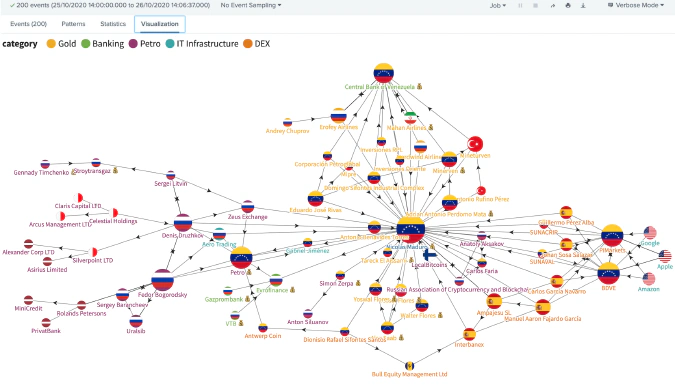
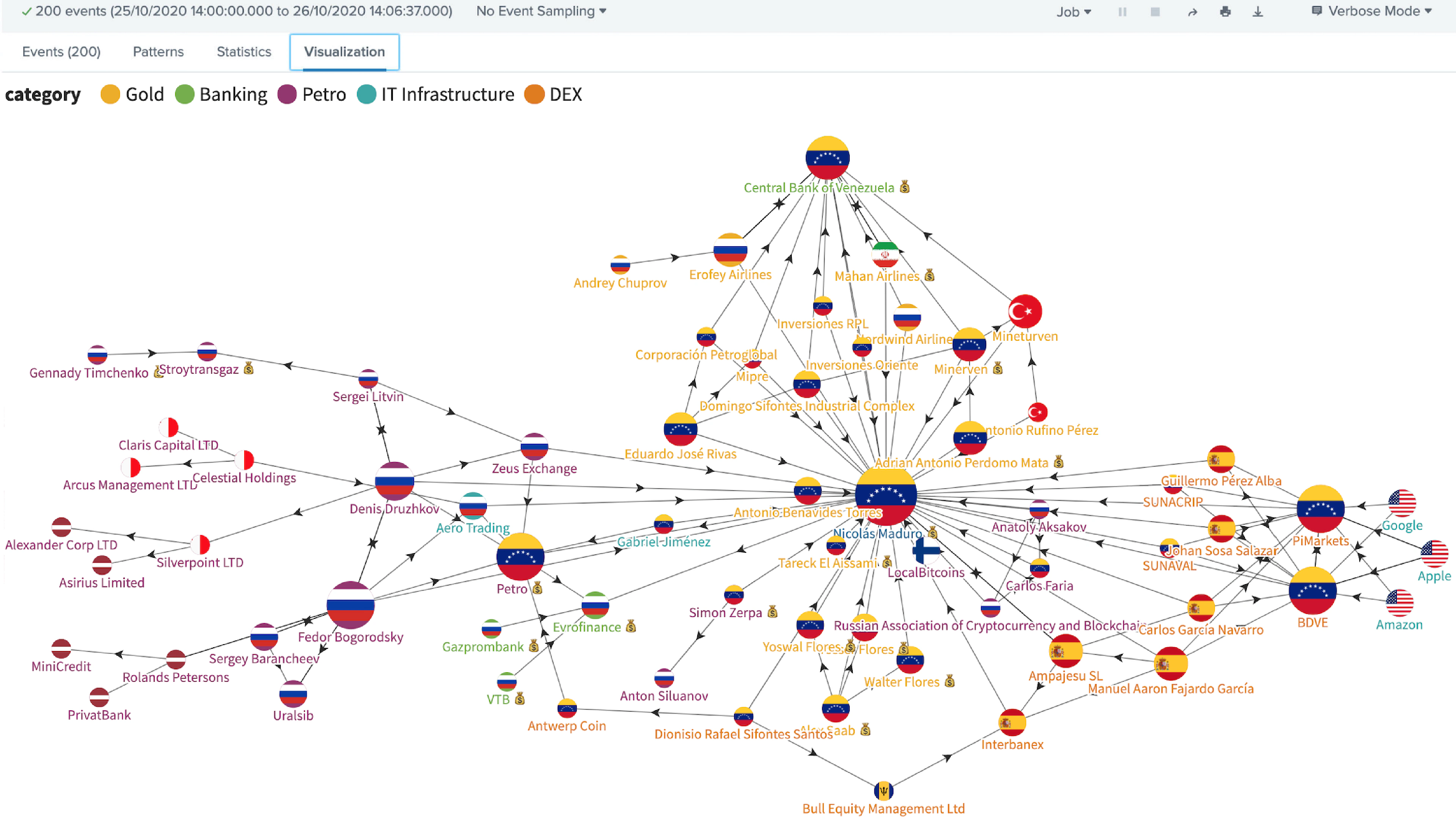
The Constituent Decree on Crypto Assets and the Sovereign Cryptocurrency PETRO was one of the first decrees to establish legal grounds for Petro and give the President full control over it.
The main regulatory authority for virtual assets in the country is the National Superintendence of Cryptocurrencies (SUNACRIP), established in 2019. The official decree from January 30, 2019 provided the legal framework for the crypto industry in the country. It gave SUNACRIP the power to regulate the creation, issuance, organization, operation, and use of virtual assets in Venezuela. It also regulates the operation of virtual asset exchange agencies.These decrees also ensure the creation of “PETRO Zones” which are special economic zones where Venezuela intends to promote the use of Petro by granting tax benefits.
President Maduro’s government has introduced multiple policies to increase Petro adoption. In 2020, Maduro issued a decree establishing the mandatory use of Petro as a payment method for fuel sold to airlines by the state-owned oil company PDVSA. He also declared that Petro will be accepted when paying for government services.
Issuance
According to its whitepaper, Petro is a sovereign cryptocurrency issued by the Bolivarian Republic of Venezuela. It claims to be backed by oil, gold, iron, and diamond resources. 51% of the issuance goes into reserve (funds for stabilizing the price and maintaining the system) and the remaining 49% is available for sale. The total emission is 100,000,000 PTR.
Custody
The Tesorería de Criptoactivos (Crypto Assets Treasury) is in charge of the custody, collection, and distribution of virtual assets. It is also responsible for fund administration, management of virtual assets and instruments to hold its value, and digitally monitoring compliance with virtual contracts.
Distribution
The distribution of Petro is coordinated by the SUNACRIP. In October 2018, Venezuela launched an ICO and a public sale of Petro. The country has also done multiple airdrops to distribute the currency and increase its adoption. It has even converted pension funds from bolivar to Petro.
Technology

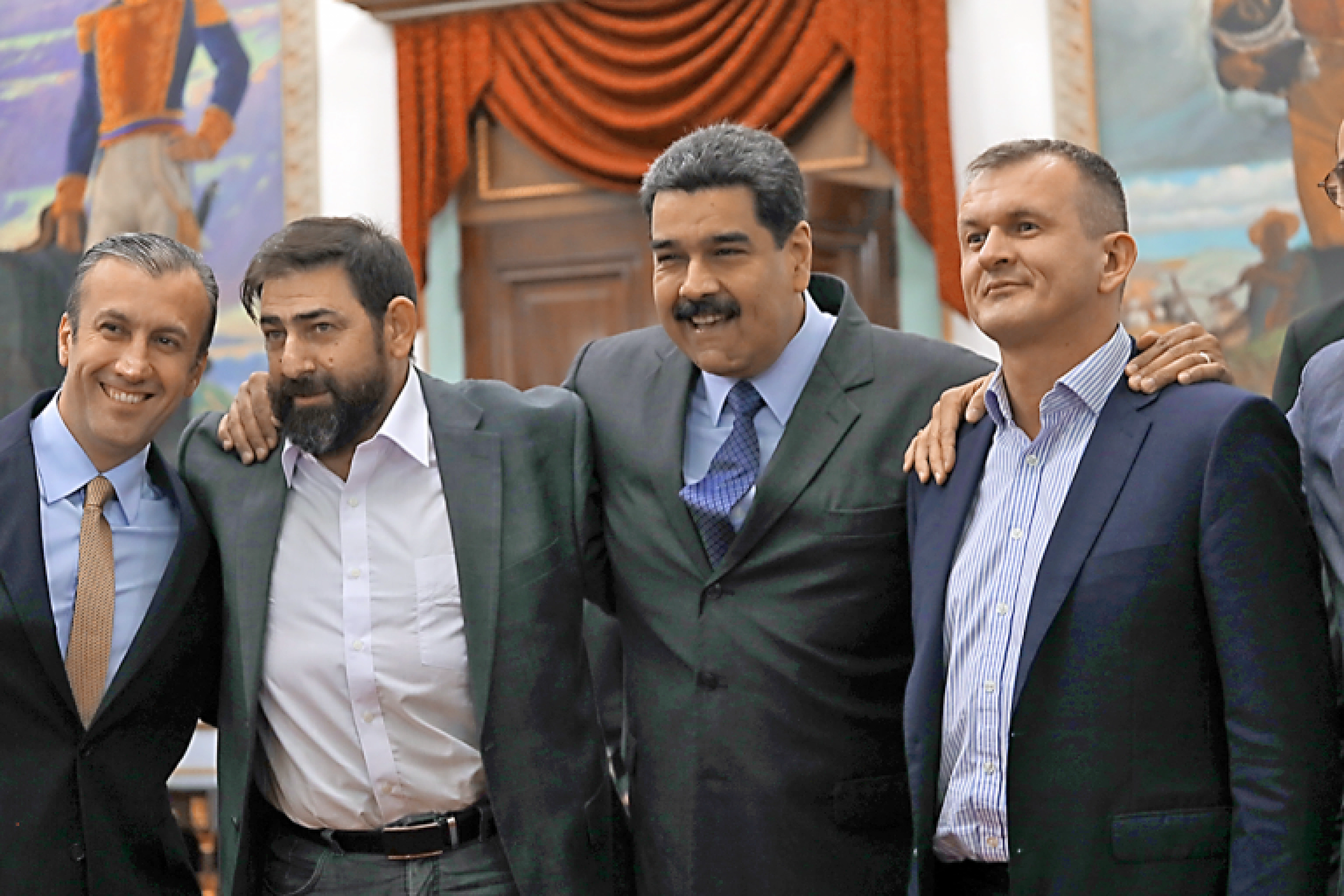
The launch of Petro has been heavily tied to Russia. The underlying blockchain technology for Petro (NEM) has been developed by the Russian businessman Fedor Bogorodsky and his company, Aero Trading. Another man behind the Petro technology was Denis Druzhkov, former CEO of Zeus Exchange, a Singapore-based hybrid cryptocurrency exchange operating on traditional financial and digital markets.
There were multiple inconsistencies in protocol specifications in the Petro whitepaper. For example, Venezualan architects ‘switched’ the blockchain they originally recorded Petro in from Ethereum to New Economy Movement (NEM); the designers plagiarized several important aspects of the GitHub repository of Dash for their own whitepaper; and two different blockchains were mentioned in the Spanish and English versions of their whitepaper.
As early as 2020, Petro project achieved a fully functioning blockchain ecosystem with a wallet, a payment system, an exchange, a crypto remittance platform, and a Block Explorer.
Although never mentioned in the context of Petro, the Venezuelan government actively supported the launch of a regulated decentralized crypto exchange, BDVE. Built on the Ethereum blockchain, the exchange enables investors to trade traditional stocks and assets in their digital, tokenized form. Decentralized exchanges (DEX) like BDVE allow for the creation of peer-to-peer markets directly on the blockchain. Traders independently store and use funds, and make transactions directly with one another, without any involvement from the exchange itself. This exchange can serve as the centerpiece component for the proliferation of Petro beyond Venezuela and a handful of its allies.
The BDVE exchange is part of a rebranded Pi ecosystem. PiMarkets, PiToken, PiExchange, PiMoney, PiCasino, and PiChain are all decentralized cryptocurrency tools. Its developers, Guillermo Pérez Alba, Manuel Fajardo García, Johan Sosa Salazar, and Carlos García Navarro, worked on other projects for Maduro. Such projects include the Interbanex Foreign Exchange, which offered its users the opportunity to trade foreign currency through private banks.
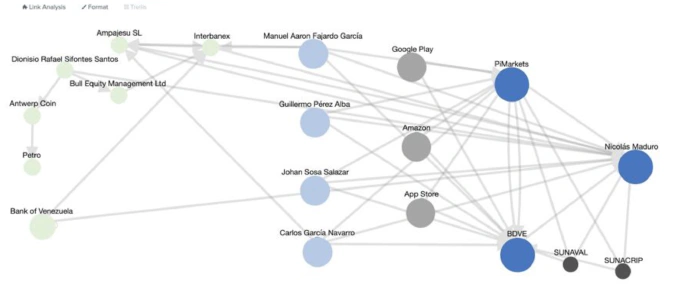

The BDVE application PiMarkets—which says it “connects the user with the Decentralized System of Encrypted Markets”—is already available on Google Play. On October 20, 2020, according to a document posted in the PiCrypto Telegram group, they rolled out the beta version of the PiMarkets app in the Apple App Store. As of February 15, 2021, the app is still in beta.
Usage
Petro does not have a full legal tender status in Venezuela. This means that it is not required by law to be accepted as a means of payment. The Bolivar remains the only official currency recognized as a payment for any monetary debt. However, Petro can be used to pay for taxes, goods, and services. To increase its adoption, the government rolled out Petro ATMs. The Venezuelan government used Petro to distribute social welfare, but most of the users opted for immediately swapping it for more liquid assets using local exchange services and peer-to-peer platforms like LocalBitcoins.
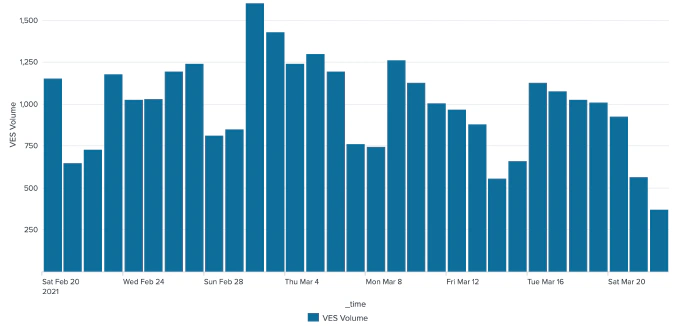
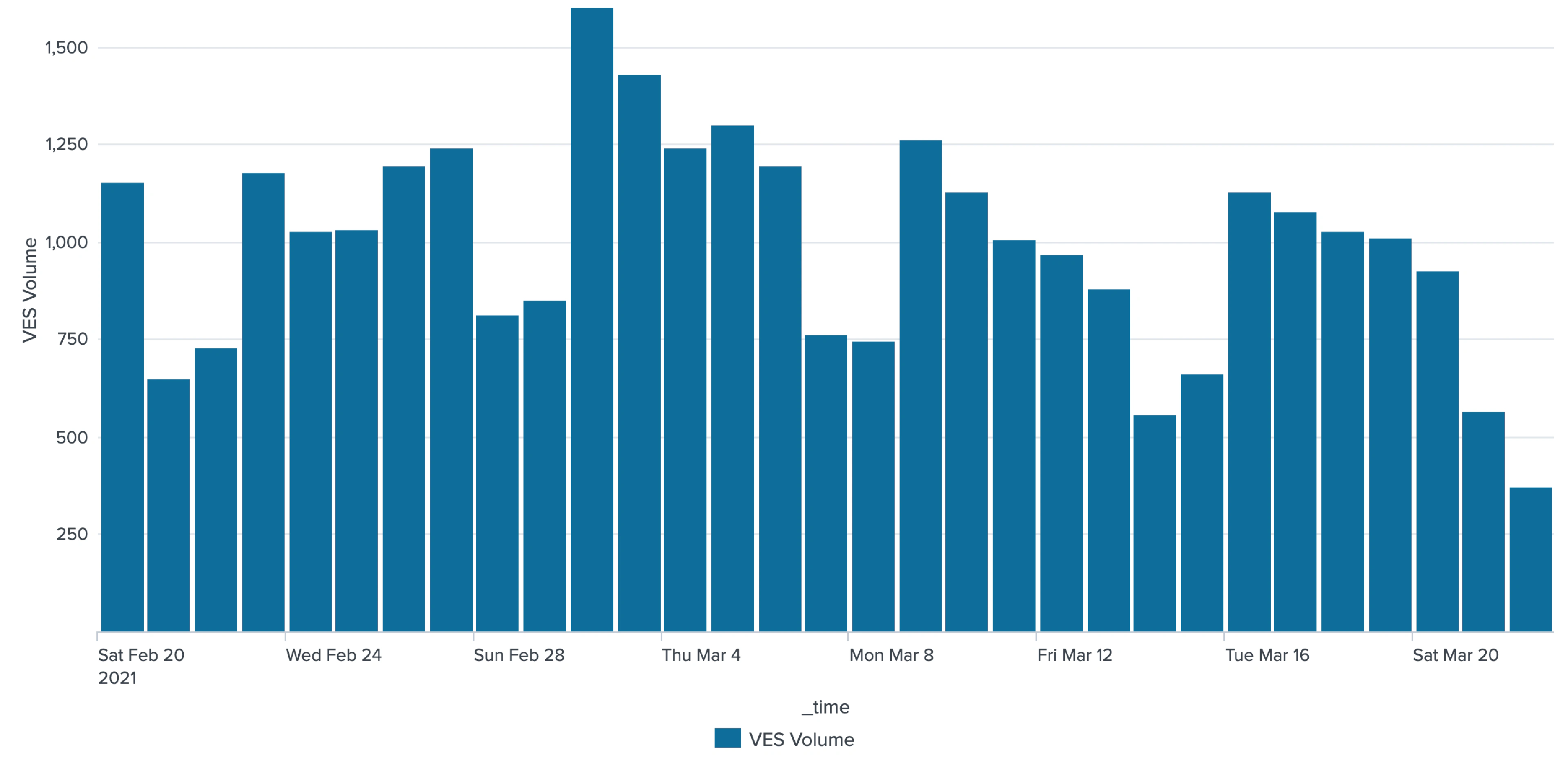
Trading Venues
Petro can be bought on the primary market through the Crypto Assets Treasury with bolivars, international currencies, or other cryptocurrencies. It can also be purchased or traded on the secondary market via the state-run peer-to-peer Venezuela Exchange (VEX), which is accessible through the PetroWallet app.
Appendix
Key people
Nicolas Maduro, President of Venezuela
Joselit Ramirez, head of the SUNACRIP
Fedor Bogorodsky
Denis Druzhkov
Key organizations
SUNACRIP
Tesorería de Criptoactivos
PDVSA
Aero Trading
Zeus Exchange
Evrofinance Mosnarbank